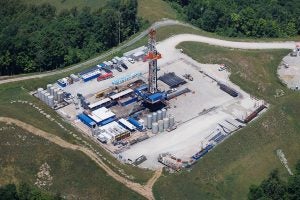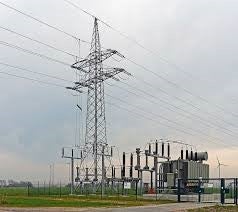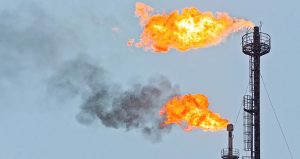One of Italy’s most picturesque cities, Venice, topped the list of European regions most at risk for floods and sea level rise in a recent climate analysis from Cross Dependency Initiative. The research comes just weeks before thousands of environmental activists, experts, government officials, celebrities and citizens will descend on Rome for Earth Day Italia to stress the urgency and need for solutions that will create a healthier and safer planet for everyone.
One urgent climate opportunity has made this year’s main stage: methane.















